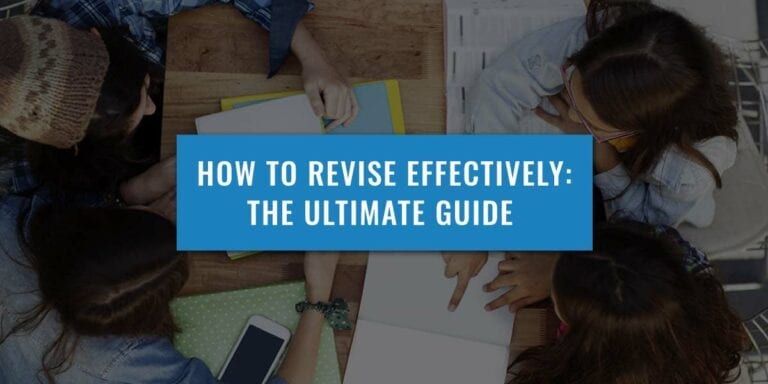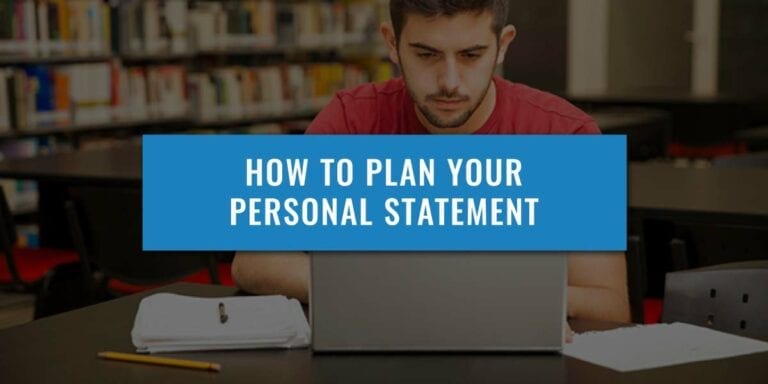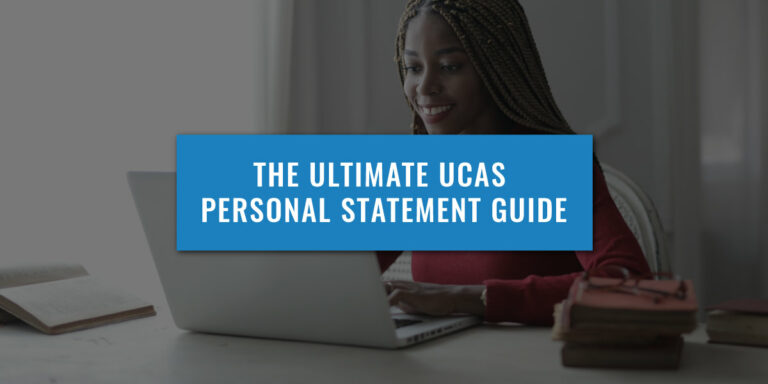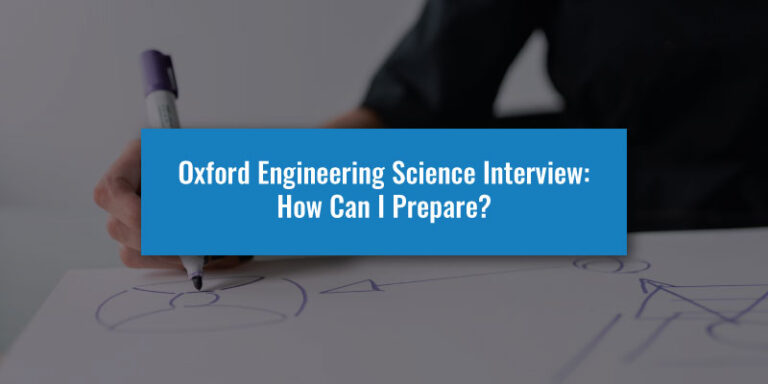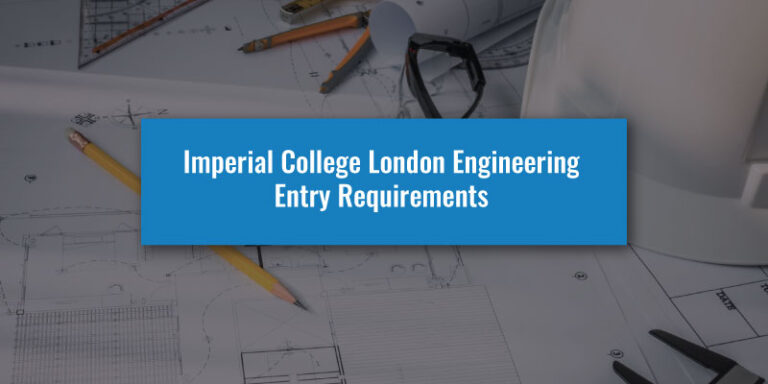After the two-part Section 1 of the ENGAA, Cambridge Engineering applicants will next need to take on Section 2.
Section 2 of the ENGAA focuses solely on Advanced Physics and features another collection of multiple-choice questions to work through.
Much of the format, as well as the assumed knowledge for these questions, have previously been covered in our ENGAA Section 1A and ENGAA Section 1B guides, so be sure to check those out first if you haven’t already. If you are just starting your research and preparation for the ENGAA, then our ENGAA Basics Guide will be the best place for your to start.
If you are ready to learn more about Section 2 of the ENGAA however, this guide is the perfect place to begin, so let’s get started.
What Is Section 2 Of The ENGAA?
Section 2 of the ENGAA has just one part that consists of 20 multiple-choice questions, the same amount as either Section 1A or Section 1B. Applicants still have 60 minutes to finish this section, however, meaning your per question is doubled to 3 minutes per question.
This makes Section 2 sound much easier, but this isn’t the case. The reason for the additional time is that questions in this section are more in-depth and require more steps to solve. In official documents (such as the ENGAA Specification), it is stated that applicants will need to “apply conceptual knowledge to solve problems” and use “more creative thinking, problem-solving, and the application of principles in less familiar contexts”.
Essentially, these are bigger, more complicated questions. Although the assumed knowledge for Section 2 is the same as Section 1B, the context and required outcome for the questions are the primary difference.
A full breakdown of the assumed knowledge for Advanced Physics is included in our ENGAA Section 1B Guide, but here is a summary of the topics you will be expected to understand:
- Forces and Equilibrium
- Kinematics
- Newton's Laws
- Momentum
- Energy
- Materials
- Waves
- Electricity
Essentially, you won’t need to learn any new information for Section 2, but you will need to be able to take a different approach to the questions and take on layered problems that require different techniques to solve.
ENGAA Section 2 Scoring
Scoring for Section 2 of the ENGAA is no different from the previous section, with your raw marks being converted into a score on the 1.0 – 9.0 ENGAA scale.
As with Parts 1A and 1B, Section 2 will have a different conversion table based specifically on the questions featured in the paper. These don’t alternate too much from year to year, but you may sometimes find that getting the same amount of marks will net you a higher or lower score from year to year.
Be aware that examiners previously did not convert Section 2 scores and simply used the marks achieved, so some guides and data from previous years will reference scores out of 20.
Starting early will maximise your chances of ENGAA success, so begin your preparation today with UniAdmissions
If you are looking for an all-in-one support programme for your ENGAA preparation, then our ENGAA Tuition Programme will be perfect for you. Access 1-1 sessions with expert tutors, comprehensive study materials, intensive courses and more with our programme, specially designed to boost your ENGAA score.
Discover our ENGAA Tuition Programme for complete ENGAA support by clicking the button below to enrol and triple your chances of success.
Example ENGAA Section 2 Questions
Question 1
A block is at rest on a rough inclined plane. The acute angle between the plane and the horizontal is greater than 45°. The forces acting on the block are: friction (F), weight (W) and normal contact force (N). How do the magnitudes of the three forces compare?
A) F < N < W
B) F < W < N
C) N < F < W
D) N < W < F
E) W < F < N
F) W < N < F
C
Question 2
A dc power supply, a resistor of constant resistance 50Ω and a piece of resistance wire are connected in series. The length of the resistance wire is 20 m and its cross-sectional area is 0.10 mm2 . The wire is made from a material with resistivity 1.0 ×10–7Ωm and the current in it is 200 mA. What is the voltage across the terminals of the power supply?
A) 4.0V
B) 6.0V
C) 9.9V
D) 10.0V
E) 10.1V
F) 12.0V
G) 14.0V
G
Question 3
An object of mass 2.0 kg moves in a straight line under the action of a resultant force. The displacement x of the object from its position at time t = 0 is given by x = 4.0 t³ where x is in metres and t is in seconds. At t = 5.0 s, what is the rate of change of momentum of the object?
A) 6.7 kgms–2
B) 66.7 kgms–2
C) 120 kgms–2
D) 240 kgms–2
E) 600 kgms–2
D
ENGAA Section 2 Tips
Learning the knowledge for the ENGAA is only the first challenge you will face with this test, as you will also need to prepare your exam technique. Practice is the key to perfecting your technique, which is a process that takes time and repetition in order to to fully work. Once you’re confident, taking on the ENGAA, while not easy, will feel much less daunting that it does right now.
In order to help you with this process, here are a selection of tips that will help make your work a bit easier, be it by reducing your time per question or by helping you understand how to “read the paper”. These tips will be helpful for all parts of the ENGAA, including Section 1, so be sure to take note.
Timings
As we’ve said before, you will have roughly 3 minutes per question in Section 2 of the ENGAA (90 seconds for Section 1). Although this may seem like a lot of time, those minutes will fly by far too quickly.
Depending on your skill set, you may be more skilled in some topics than others, which means these questions may take less time for you. These extra seconds and minutes will be extremely valuable to you, so try not to second-guess yourself if you feel confident in a solution that you have found.
Although obsessing about time is not going to help, it is still important to check every now and then to gauge if you have been moving too slowly or at a good pace. If possible, you’ll also want to ensure you have a few minutes to double-check your work. This won’t be an in-depth check but it’s still good to make sure everything is filled out correctly and no obvious mistakes have been made.
Start with “Low Hanging Fruit”
It can be extremely helpful and efficient to start by looking for any questions you know how to answer right away. This will help you secure some marks early on and give you extra time to focus on more challenging or unfamiliar questions. It’s like a warm-up lap that can boost your confidence.
Whether or not you decide to skim through the paper in search of these questions or go through the paper in order, it is usually beneficial to get these questions answered first so you don’t have to worry about missing them or running out of time later on.
Proceed by Elimination
As the ENGAA is a multiple-choice exam, you will benefit from time-saving techniques, as a brief look at the answer options can guide you and provide insight into what’s required and where to focus. Nevertheless, it’s crucial not to spend too much time reading all the answer choices as it can divert your attention from solving the problem.
In some cases, it may be easier to start from the beginning of the question if you already know what to do. But other times, you may find it easier trying to work backwards from the answers to see which one gets you the closest to the information provided in the question.
Answer Everything
There is no negative marking in the ENGAA, so you have no reason to not provide an answer for every question in the paper. Even if you don’t get a chance to look at a question, you still need to ensure you have selected an option, as this will give you some chance of gaining the mark.
If you have prepared properly, you should be able to attempt every question on the paper. However, some questions just don’t click with some people no matter how much time is spent looking at them. These questions should always be left until the end of the exam once they have been identified, but an answer should always be written down by the end of the test. Random guessing should always be a last resort when all else fails, so you have to put your full effort into each question first.
Practice Calculus
This one is fairly simple, but ensure that you have a good understanding of calculus as this will help you greatly in both the Maths and Physics questions, as you won’t be allowed a calculator. Calculus provides the quickest and most efficient way of solving complex problems, so developing your skills here will save you valuable time.
Using Graphs
Graph sketching is usually a tricky area for many students but it’s a skill that will be helpful when it comes to solving problems through visualisations. When tackling a graph sketching problem, there are many approaches however it is useful to start with the basics:
- What is the value of y when x is zero?
- What is the value of x when y is zero?
- Are there any special values of x and y?
- If there is a fraction involved, at what value of x is the numerator or denominator equal to zero?
You won’t have time to perfect these graphs, but having something basic to look at can help you see the question from a whole new perspective.
This guide concludes our look at each section of the ENGAA. From here, your next job is to gather your resources, make your preparation plan and begin your revision, followed by a consistent schedule of practice questions and past papers.
There are still things to learn about the ENGAA, such as the Scoring process for the exam. On top of this, you still have the other aspects of your application to consider, including your Personal Statement and Interview, so be sure to explore our collection of application guides to help you understand these parts more.
Finally, if you are looking for additional support in your ENGAA preparation, then discover our ENGAA Tuition Programme – the all-in-one ENGAA preparation solution that will boost your chances of success.
Looking to boost your ENGAA score and triple your chances of getting your offer?
With UniAdmissions’ ENGAA Tuition Programme, you will have access to a complete support system that will guide you through every step of your exam preparation and beyond.
To discover our ENGAA Tuition Programme today, click the button below and learn how you can triple your chances of success.


